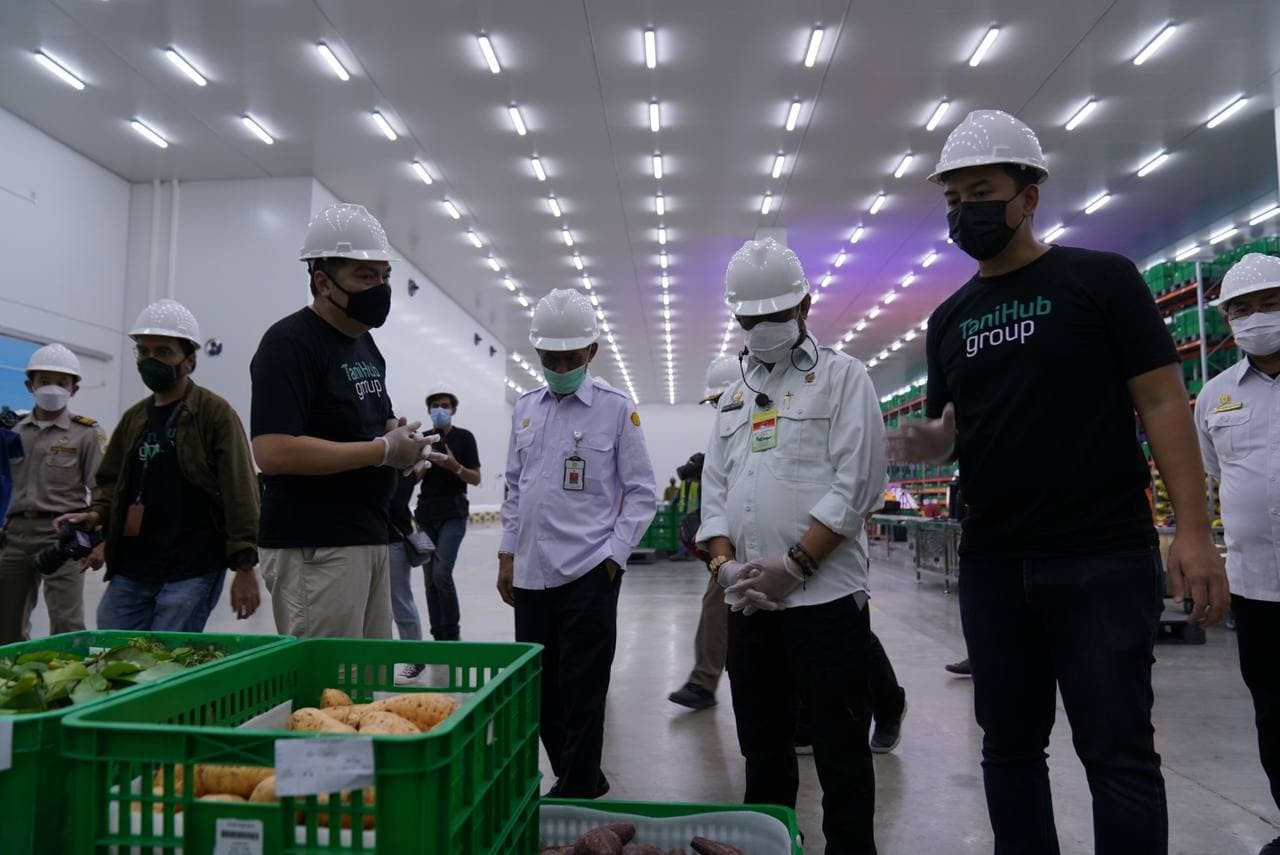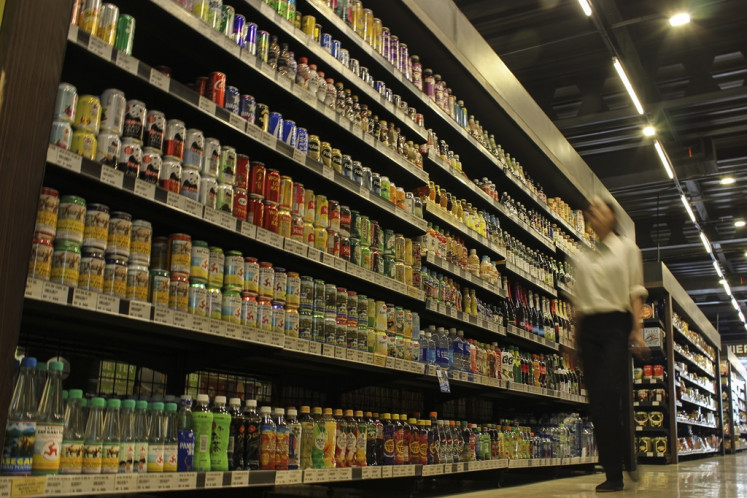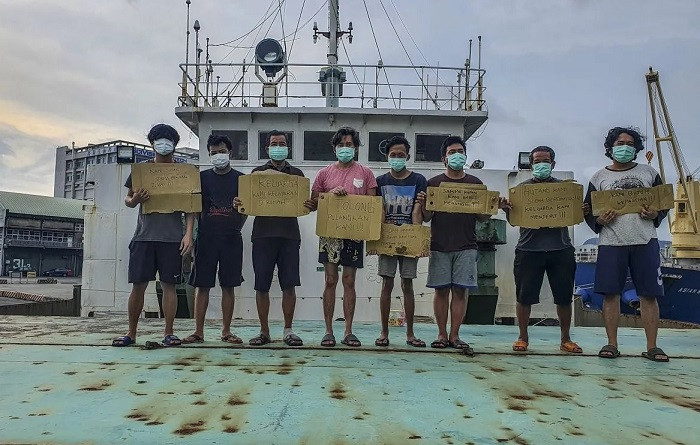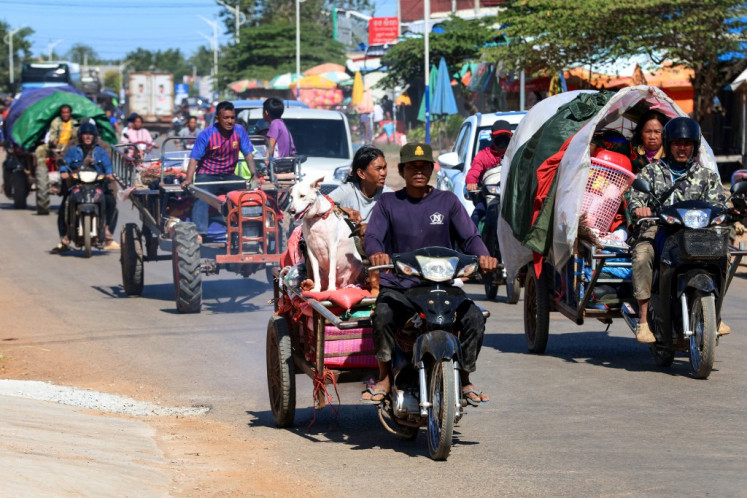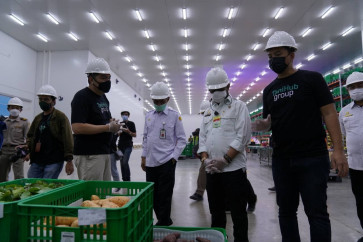Popular Reads
Top Results
Can't find what you're looking for?
View all search resultsPopular Reads
Top Results
Can't find what you're looking for?
View all search resultsDigital technology brings prosperity to rural areas
Digital technology cuts out the "middleman economy" by connecting agricultural production directly to consumers.
Change text size
Gift Premium Articles
to Anyone
D
espite the devastating impact of COVID-19, the telecommunications and agriculture sectors have continued to expand. The growth of telecommunications-related industries that deal with information technology has even skyrocketed.
The pandemic has forced humans to interact without physical proximity. Almost all economic and social activities instantly turned digital.
The prophecy of futurist Alvin Toffler from the 1980s came true. Toffler predicted a roaring wave of change due to an information technology revolution triggering a future shock (the third wave). Through affordable smartphones and internet connections, the world is now in our hands. Whether rich or poor, big or small, everyone will bow equally in front of information technology.
The amount of information that used to take 50 years to be obtained, can now be accessed in less than a year. The power of a lecturer or teacher suddenly collapses in front of students who have access to the internet. Old-fashioned academic textbook thinking can't fight today's tough online learners. It is called "the death of expertise".
The digital economy has broken the conventional economic structure and its grip on society. Digital technology has disrupted the business of giant malls and supermarkets, hotels, banking, television and transportation, which are worth trillions. With no other choice, business giants are forced to carry out digital transformations faster.
Without the hassle of renting a kiosk or shop or of paying for electricity, maintenance or many employees, just create a stall on a marketplace platform or create a blog, then take advantage of free social media promotions. Everything can be sold all over the world. In Indonesia, the digital economy in 2020 was worth more than Rp 600 trillion (US$7 billion) and is expected to at least triple by 2025.
There are future surprises, according to Toffler. The first wave is the period of agricultural revolution. Then the second wave begins, which is the period of industrial revolution. Toffler said there was no need to faithfully copy the second wave, which had forced millions of people out of villages and into industrialized mass production, experiencing culture shock and damaging the environment, to enter the third wave. And apparently, this phenomenon can be seen from agricultural statistics, which continue to progress even though most other sectors have experienced negative growth during the pandemic.

